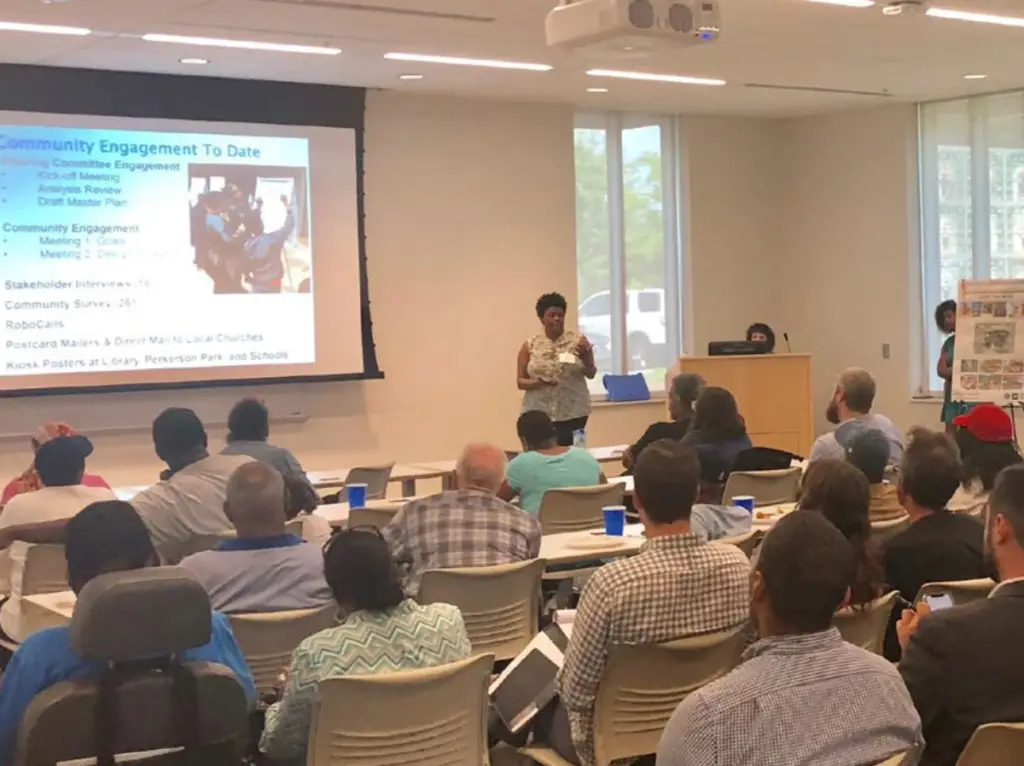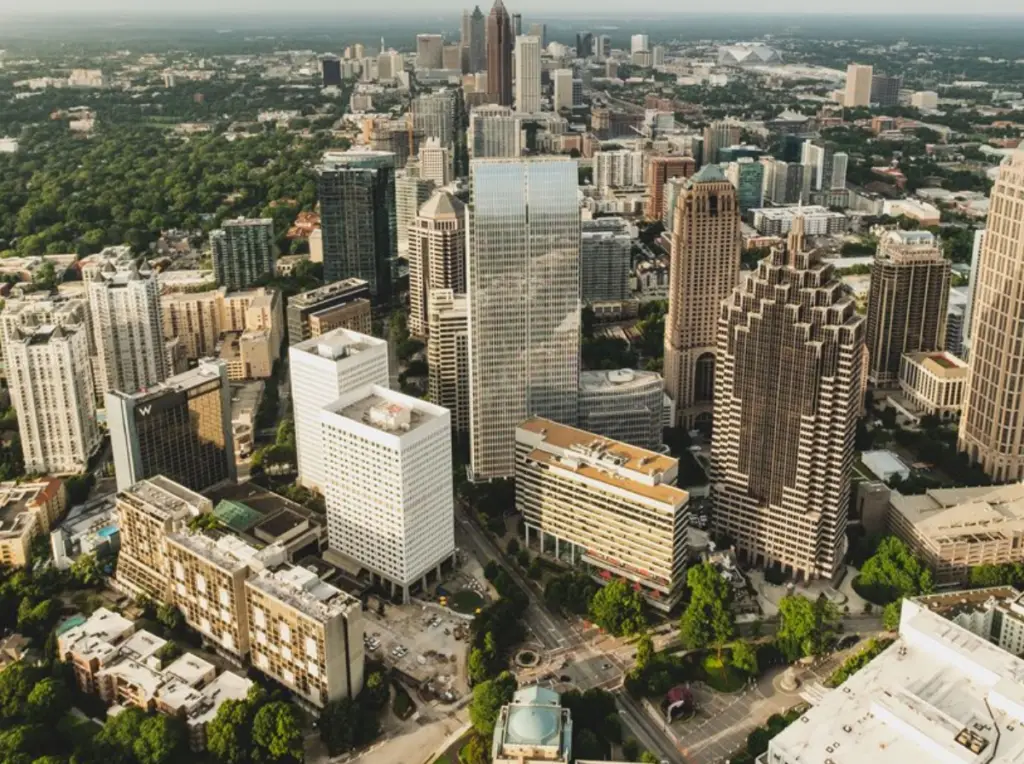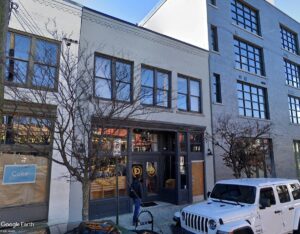The Atlanta City Council meets on October 28 during a special meeting to adopt CDP Plan A, containing policies and programs on how Atlanta and its neighborhoods will grow. The Georgia Department of Community Affairs and the Atlanta Regional Commission require Atlanta to adopt and create an implementation plan every five years.
Sign up now to get our Daily Breaking News Alerts
The current CDP must be updated by October 31, 2021. Failure to adopt a plan by the deadline would mean that Atlanta no longer maintains the status of a Qualified Local Government (QLG), resulting in the loss of financial resources used to implement plans, including Community Development Block Grants, economic development funding, and utility loans.
The Plan A update started in August of 2020. According to the City’s website, “planning is done at the city scare-with an emphasis on implementing change.” The overall purpose of Plan A is to align any development occurring in the 25 Atlanta Neighborhoods Planning Units with Atlanta City Design, adopted in 2017, described as a blueprint for the future of Atlanta.
The current draft incorporates nearly a thousand written comments from citizens, NPU’s and other community stakeholders. City Planners also published routine social media posts, website updates and provided presentations to the various NPU’s to inform and engage in conversations surrounding Plan A.
As documented in City materials, several NPU’s opposed the draft plan, indicating that it conflicts with the policies of the 2016 CDP, including balancing development with the preservation of natural resources, stabilizing single-family neighborhoods versus advocating for higher-density, and proactively addressing infrastructure needs before any initiatives to increase Atlanta’s population.
Recommendations in Plan A originally included the ability to subdivide property for one or more dwelling units, allow accessory dwelling units (ADU’s)city-wide to increase affordable housing options, and allow increased density near MARTA rail stations.
City Planners have attempted to address some opponents’ concerns by scaling back minimum lot size requirements and only allowing ADU’s in certain zoning districts.
Plan A is the first update since Atlanta’s Comprehensive Development adoption in 2016.
If approved, Plan A would require the initiation of additional public engagement and outreach during the zoning code revisions to align with the CDP. According to City documents, which is scheduled to start in early 2022.

-
Facebook
-
Twitter
-
LinkedIn
-
Gmail





